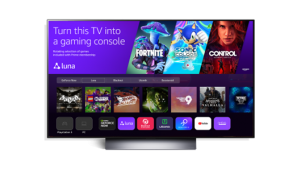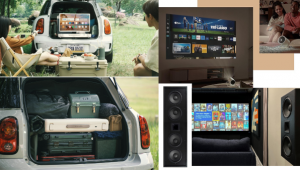FCC Likes A La Carte
In a report originally issued November 18, 2004, the FCC came down on the side of most multichannel video programming distributors (MVPDs) - in other words, the cable and satellite guys we all love to hate - by opining that requiring the MVPDs to offer channels on an a la carte basis would be too difficult, too costly, and would provide "little economic benefit to consumers."
Oh, what a difference a couple of years can make.
The conclusion of a new FCC report concludes that "in sum, many consumers could be better off under an a la carte model." The report looked at three alternatives to the current big bundling system that might give consumers both additional choices and economic benefits: mixed bundling (in which MVPDs would provide all of their current networks on an a la carte basis, in addition to providing any bundles they might create); "themed tiers" (in which MVPDs would package one or more additional tiers composed of netwroks that are related to a particular theme - such as "family friendly" programming); and “subscriber-selected tiers” (in which consumers have the option of buying a small or larger number of networks from among those available on the system).
Why on earth would MVPDs want to do such a thing? Because, according to the FCC, an a la carte system "may reduce consumers’ prices, thereby potentially increasing demand for MVPD services. Moreover, under a la carte, production of programming may be both more economically efficient and more responsive to consumer demand."
Some MVPDs have decided it's better to switch than fight and are starting to embrace the concept of "themed tiers". Beginning February 1st, DISH Network began offering the "DishFAMILY" package of "valuable, family-sensitive content". Rival DIRECTV, as well as cable providers Comcast and Time Warner Cable, have announced similar packages.
























































